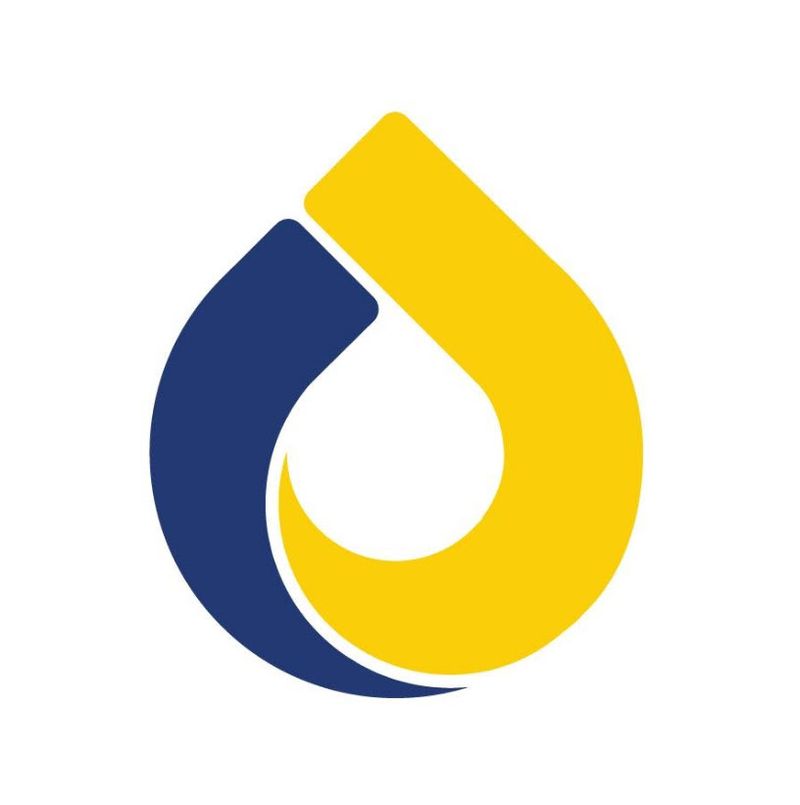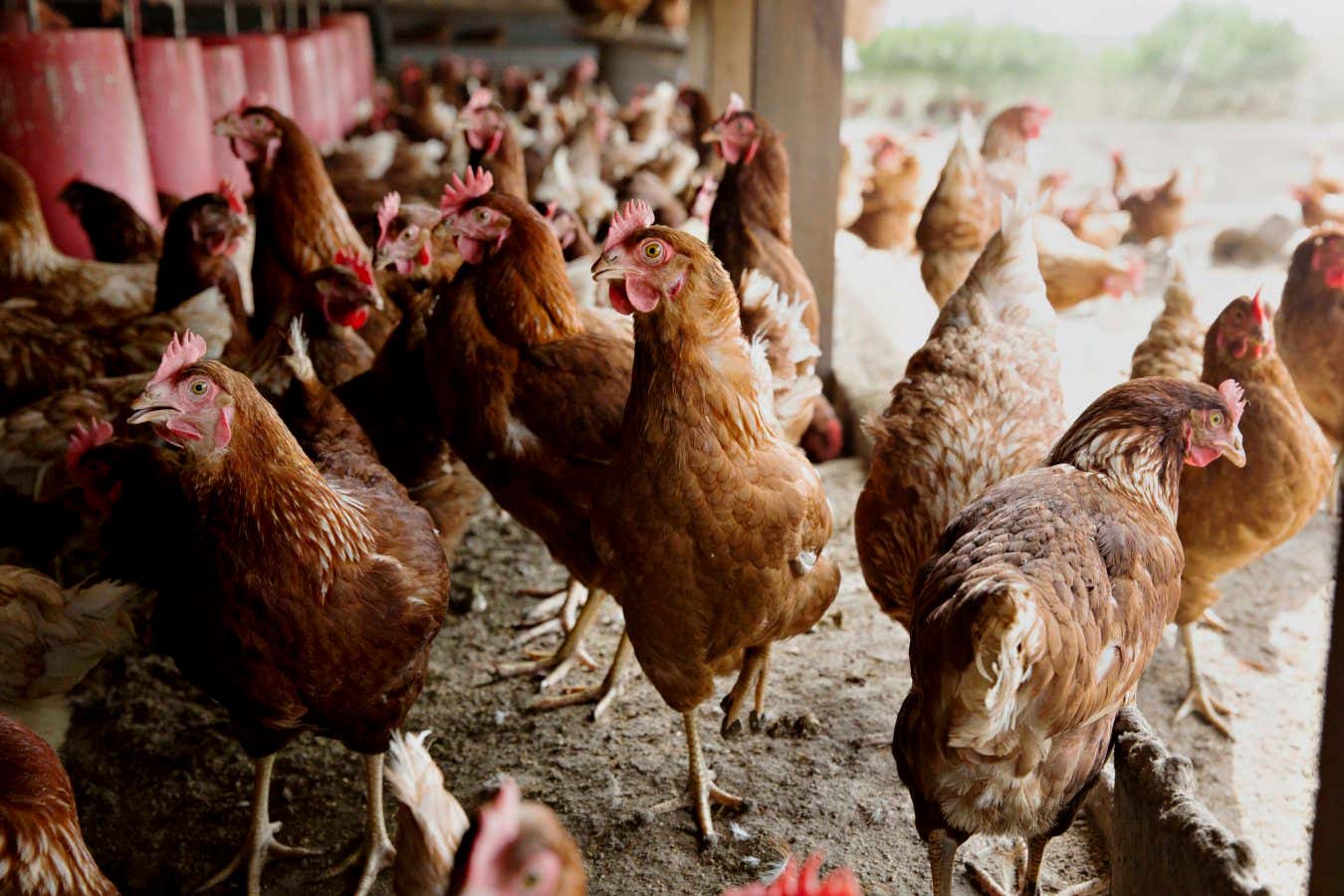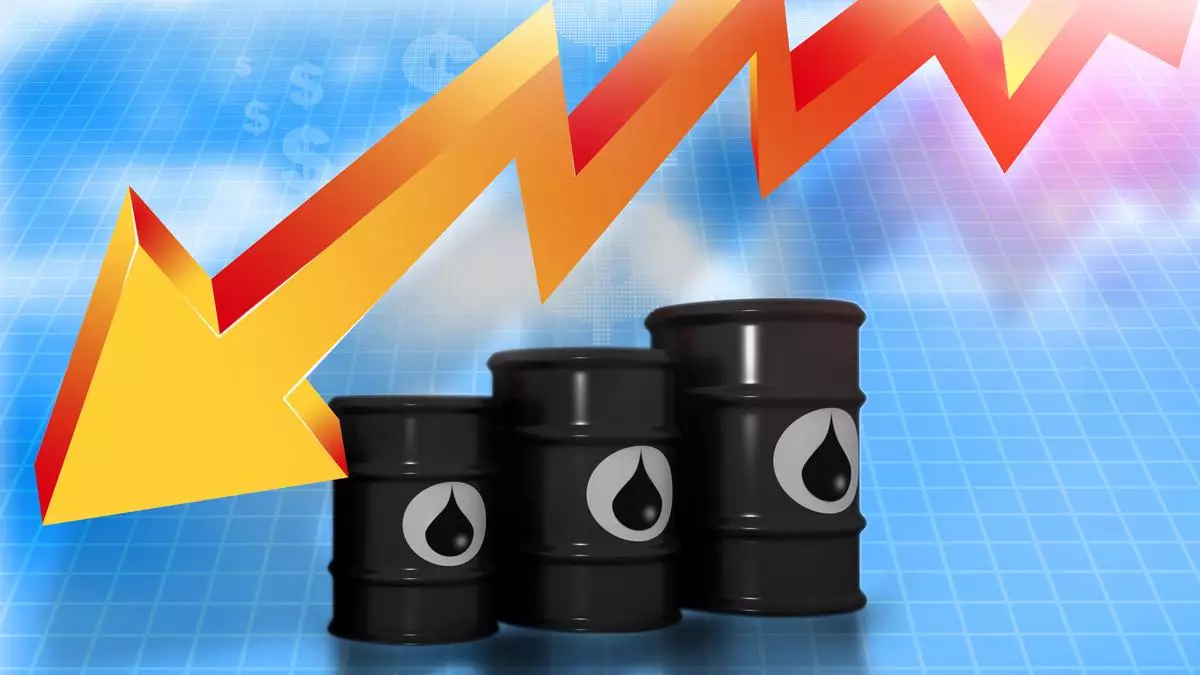
Not all of the bonds in a hydrocarbon chain have to be hydrogen, of course. In fact, at any part in this chain, a different atom or molecule can latch on. In this case, the hydrocarbon chain that other molecules latch onto is called the parent chain, while the molecules that latch on are called substituents. Substituents replace the hydrogens that normally connect to carbons in the hydrocarbon chain.
The flexibility in carbon bonding gives rise to the idea of functional groups, particular substituents that bond to hydrocarbon chains. The general formula of a molecule with a functional group is RG, where R is a molecule and G is the functional group.
Below, we’ll list some of the most common functional groups, how they affect the chemical’s name, their general chemical formulas and even some major types of molecules that these functional groups form.
Alkyls
The first and simplest functional group are alkyls. They are the example of the hydrocarbon described above with space for substituents. Alkyls make room by only bonding three hydrogens to a carbon instead of the full four, giving carbon the ability to bond to something else. We call those carbons unsaturated, while the carbons that have the full four are saturated. The name of any alkyl includes the suffix “-yl”.









Leave a Comment